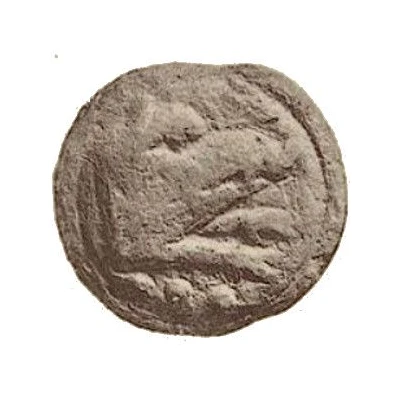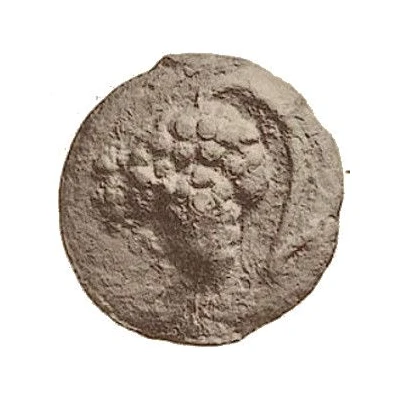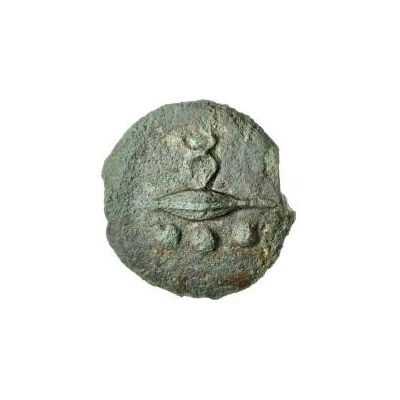


© Ernst Haeberlin; 1910. "Aes Grave". Joseph Baer, Frankfurt, Germany (CC0)
1 Quadrans 301 BC - 201 BC
| Bronze | 55.58 g | 40 mm |
| Issuer | Uncertain city of Central Italy |
|---|---|
| Type | Standard circulation coin |
| Years | 301 BC - 201 BC |
| Value | Quadrans (¼) |
| Currency | As (circa 301-201 BC) |
| Composition | Bronze |
| Weight | 55.58 g |
| Diameter | 40 mm |
| Shape | Round (irregular) |
| Technique | Cast |
| Demonetized | Yes |
| Updated | 2024-10-10 |
| Numista | N#186395 |
|---|---|
| Rarity index | 100% |
Reverse
Boar's head facing right with three dots below.
Edge
Plain
Interesting fact
The Quadrans coin was used in ancient Rome as a form of payment for everyday goods and services. It was equivalent to one-fourth of a Roman denarius, which was the standard unit of currency at the time. The Quadrans coin was made of bronze and had a distinctive design that featured the image of a mythical creature called a "quadrant," which was a combination of a horse and a lion. The coin was used widely throughout the Roman Empire and was an important part of the Roman economy.



